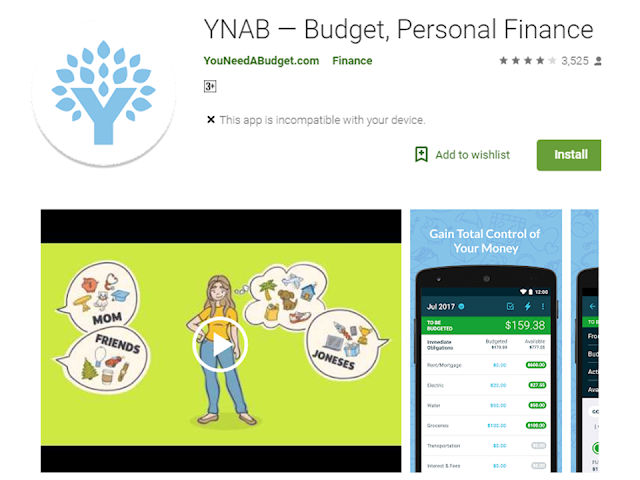Modern technology can be useful in making human lives easier. In this age where everything has corresponding applications whether you are using an Android or an iOs platform in your mobile device or smartphone, there is an application that suits your needs.
You can even handle your finances using an app as a guide if you are not adept at money management. There are also apps for investing and availing loans. All these apps are ready to be downloaded at Apple Store and Google Play.
Advertisement
Mint
Mint gives you a heads up when bills are due, your loans and what you can pay. It can also send you payment reminders to avoid penalties. Mint even gives you sound advice based on your spending habits to gain more control over your budgeting.
You Need a Budget
This app forces you to live within your means. If you get off track YNAB helps you see what you need to do differently to balance your budget. The built-in "accountability partner" keeps you on your toes. Although users pay a small monthly or annual fee for YNAB, it is so effective that the average user pays off $500 in debt for the pilot month.

Acorns
Acorns allows you to invest your spare change automatically turning it into an earning. So if you think you did not have enough money to own a share of stock this is the app for you.

Coinbase
If you only want one app for trading Bitcoin, Coinbase is a good start. The app is a stripped down version of the desktop app but it is easier to use if you are working on a desktop computer.
As with the desktop version, purchase limits are limited at $9500 monthly for the first-tier user. The cap can be raised to $25,000 if you are willing to provide additional proof of identification, by uploading your passport or other personal documents.
Mint gives you a heads up when bills are due, your loans and what you can pay. It can also send you payment reminders to avoid penalties. Mint even gives you sound advice based on your spending habits to gain more control over your budgeting.
You Need a Budget
This app forces you to live within your means. If you get off track YNAB helps you see what you need to do differently to balance your budget. The built-in "accountability partner" keeps you on your toes. Although users pay a small monthly or annual fee for YNAB, it is so effective that the average user pays off $500 in debt for the pilot month.

Acorns
Acorns allows you to invest your spare change automatically turning it into an earning. So if you think you did not have enough money to own a share of stock this is the app for you.

Coinbase
If you only want one app for trading Bitcoin, Coinbase is a good start. The app is a stripped down version of the desktop app but it is easier to use if you are working on a desktop computer.
As with the desktop version, purchase limits are limited at $9500 monthly for the first-tier user. The cap can be raised to $25,000 if you are willing to provide additional proof of identification, by uploading your passport or other personal documents.
Ads
Instead of manually logging and organize your expenses, this app lets you simply take a photo of your receipts. It is a clean, streamlined app that's extremely user-friendly. It's a great choice if you'd like more insight into where your money is going.
Cashalo
This mobile app allows you to make a loan through your smartphone and you can get the result in about 30 minutes only.
To know more about this app, click here.
Venmo
Similar to PayPal, as described by their official site, " Venmo allows users to share and like payments and purchases through a social feed. The service is popular with the millennial generation." It was acquired by Paypal in 2013 for $800 million.
Home Budget
Home Budget is designed to keep you updated with your bills, expenses, account balances, and everything else related to budgeting your home expenses.
Robinhood
It's one of the pioneers of personal investing apps to offer Bitcoin trading. Vlad Tenev and Baiju Bhatt, former roommates at Stanford University invented this app which you can use free of charge.
So if you are new to investing, this app might help you.
Ads
52 Weeks Money Challenge
This app helps you set your financial goal by making sure you strictly follow a schedule. It also shows you a progress record and reminds you in case it’s time to set aside the amount you promised to save.
Filed under applications, Android, iOs, money management, app, mobile device, investing, loans, money management
Read More:

Read More:

©2018 THOUGHTSKOTO











